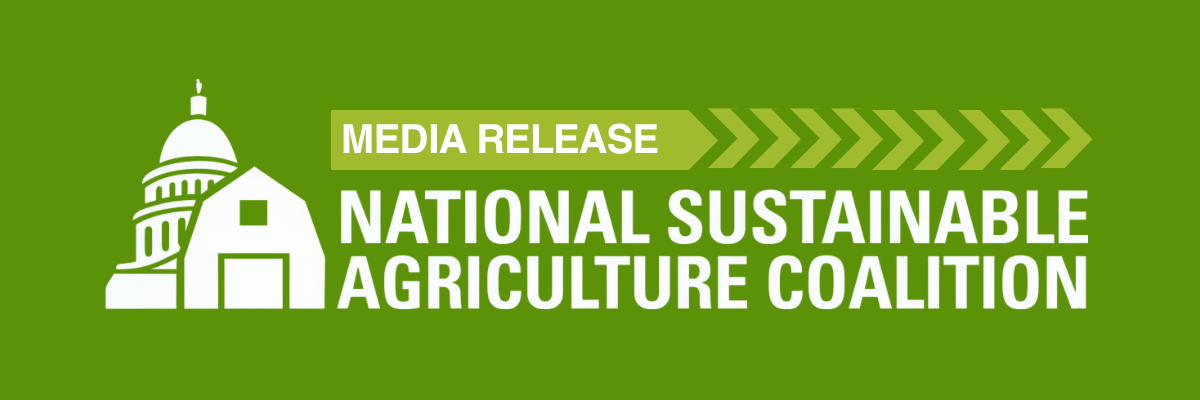Report of Policy Dialogue On Financing Sustainable Development National And Global Perspectives – Welcome to the United Nations

Report on Policy Dialogue: Financing Sustainable Development
Executive Summary
A high-level policy dialogue was convened to address the critical issue of financing the Sustainable Development Goals (SDGs). The discussion brought together national and global stakeholders to explore strategies for mobilizing the necessary financial resources to achieve the 2030 Agenda for Sustainable Development. The dialogue focused on bridging the significant funding gap and aligning financial systems with sustainable development objectives.
Key Focus Areas of the Dialogue
The dialogue centered on creating a robust financial framework to support the implementation of the 17 Sustainable Development Goals. Core topics included:
- National Financing Strategies: Examining how countries can enhance Domestic Resource Mobilization (DRM) to fund national SDG priorities, such as quality education (SDG 4), clean water and sanitation (SDG 6), and resilient infrastructure (SDG 9).
- Global Financial Architecture: Assessing the role of international financial institutions, Official Development Assistance (ODA), and foreign direct investment in supporting SDGs in developing nations, with a focus on poverty eradication (SDG 1) and reducing inequalities (SDG 10).
- Private Sector Engagement: Identifying mechanisms to unlock private capital for SDG-aligned investments, particularly in areas like affordable and clean energy (SDG 7) and decent work and economic growth (SDG 8).
Identified Challenges in SDG Financing
Participants highlighted several major obstacles impeding the flow of adequate financing for the SDGs:
- The SDG Funding Gap: A persistent and substantial shortfall between available financial resources and the estimated cost of achieving the 2030 Agenda.
- Policy and Regulatory Barriers: National and international policies that are not fully aligned with sustainable development principles, hindering investment in crucial sectors.
- Impact of Global Crises: The compounding effects of climate change, pandemics, and geopolitical conflicts on diverting resources away from long-term SDG implementation.
- Lack of Coordinated Action: Insufficient collaboration between public and private sectors, as outlined in SDG 17 (Partnerships for the Goals), to create synergistic financing solutions.
Strategic Recommendations for Action
The policy dialogue concluded with a set of actionable recommendations aimed at strengthening the financial ecosystem for sustainable development:
- Integrate SDGs into National Budgets: Governments must align their fiscal policies and national budgets directly with their SDG commitments to ensure coherent and targeted public spending.
- Develop Innovative Financing Instruments: Promote the use of green bonds, social impact bonds, and blended finance models to attract a diverse range of investors to SDG-related projects.
- Enhance International Cooperation: Urge developed countries to meet their ODA commitments and improve the effectiveness of international aid in contributing to the SDGs.
- Foster an Enabling Environment for Private Investment: Implement clear, stable, and transparent regulatory frameworks that incentivize private sector contributions to sustainable infrastructure, climate action (SDG 13), and responsible consumption and production (SDG 12).
Which SDGs are addressed or connected to the issues highlighted in the article?
SDG 17: Partnerships for the Goals
- The article’s title, “Report of Policy Dialogue On Financing Sustainable Development National And Global Perspectives,” directly addresses the core theme of SDG 17, which focuses on strengthening the means of implementation and revitalizing the global partnership for sustainable development. The discussion of “Financing” is a central component of the means of implementation.
All 17 SDGs (Cross-cutting theme)
- Financing is a critical enabler for the achievement of all Sustainable Development Goals. Without adequate financial resources, progress on goals related to poverty (SDG 1), health (SDG 3), education (SDG 4), climate action (SDG 13), and all others is not possible. Therefore, a report on financing sustainable development is inherently connected to all 17 SDGs.
What specific targets under those SDGs can be identified based on the article’s content?
Target 17.1: Strengthen domestic resource mobilization, including through international support to developing countries, to improve domestic capacity for tax and other revenue collection.
- The phrase “National Perspectives” in the article’s title points directly to this target. It implies a discussion on how countries can finance their own development through domestic means, such as improving tax collection and managing public revenue.
Target 17.3: Mobilize additional financial resources for developing countries from multiple sources.
- The phrase “Global Perspectives” and the overall topic of “Financing Sustainable Development” suggest a focus on mobilizing financial flows beyond domestic resources. This includes official development assistance, foreign direct investment, and other international financial flows from various public and private sources, which is the essence of Target 17.3.
Are there any indicators mentioned or implied in the article that can be used to measure progress towards the identified targets?
Implied Indicators
- The provided text is only a title and does not contain specific data points or metrics. However, a policy dialogue on the identified targets would inherently rely on certain indicators to measure progress. The following indicators are implied by the subject matter:
- Indicator 17.1.1: Total government revenue as a proportion of GDP, by source. This is implied by the discussion of “National Perspectives” and domestic resource mobilization (Target 17.1).
- Indicator 17.3.1: Additional financial resources mobilized for developing countries from multiple sources. This is implied by the discussion of “Financing Sustainable Development” from “Global Perspectives” (Target 17.3).
Table of SDGs, Targets, and Indicators
| SDGs, Targets and Indicators | ||
|---|---|---|
| SDGs | Targets | Indicators |
| SDG 17: Partnerships for the Goals | Target 17.1: Strengthen domestic resource mobilization, including through international support to developing countries, to improve domestic capacity for tax and other revenue collection. | Implied Indicator 17.1.1: Total government revenue as a proportion of GDP, by source. |
| SDG 17: Partnerships for the Goals | Target 17.3: Mobilize additional financial resources for developing countries from multiple sources. | Implied Indicator 17.3.1: Additional financial resources mobilized for developing countries from multiple sources. |
Source: turkey.un.org

What is Your Reaction?
 Like
0
Like
0
 Dislike
0
Dislike
0
 Love
0
Love
0
 Funny
0
Funny
0
 Angry
0
Angry
0
 Sad
0
Sad
0
 Wow
0
Wow
0









































































